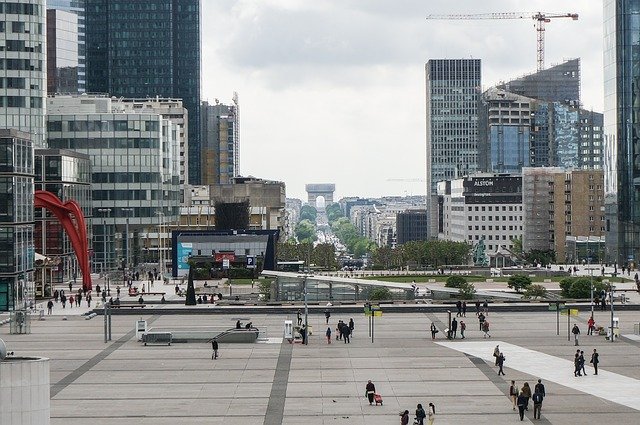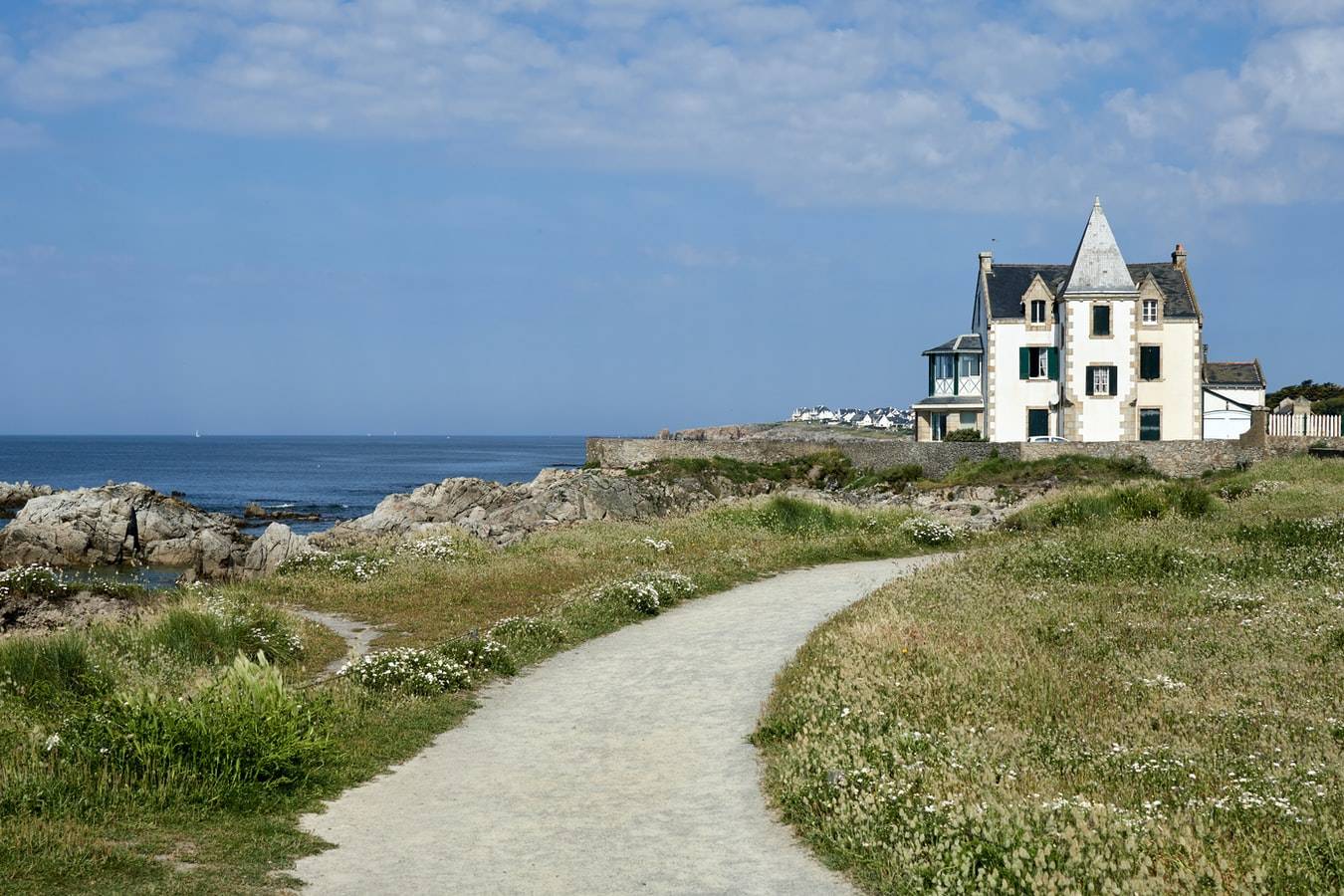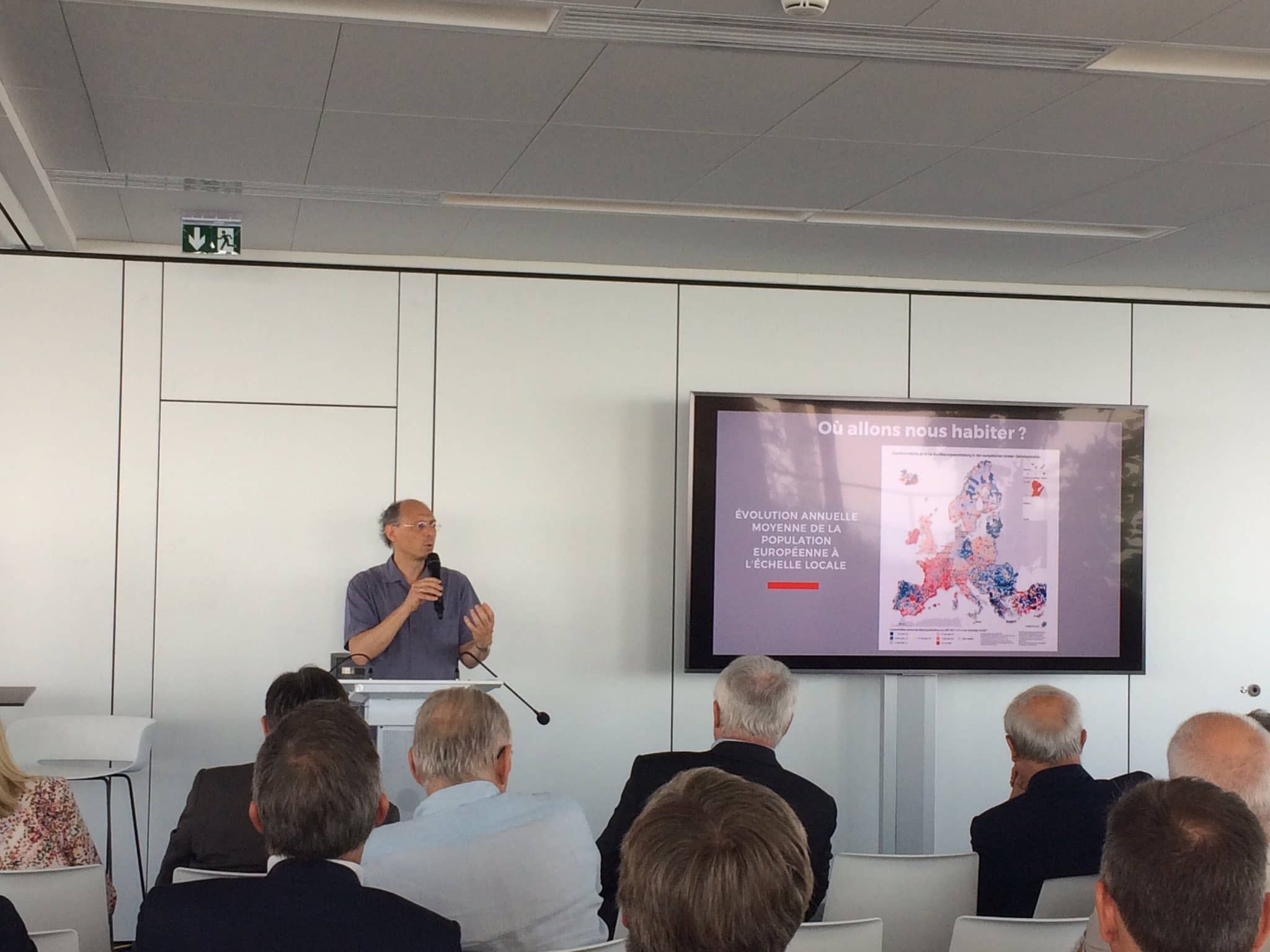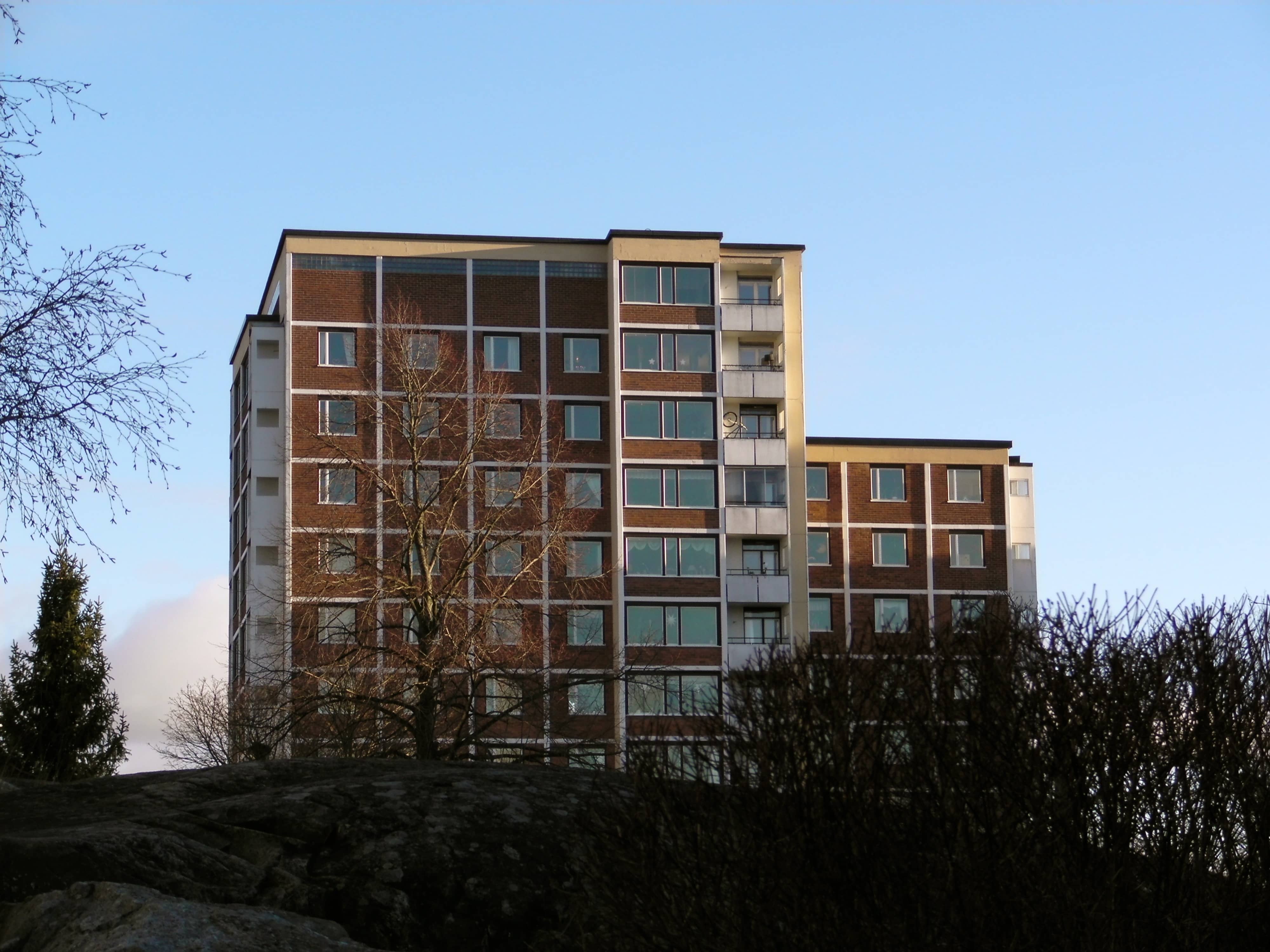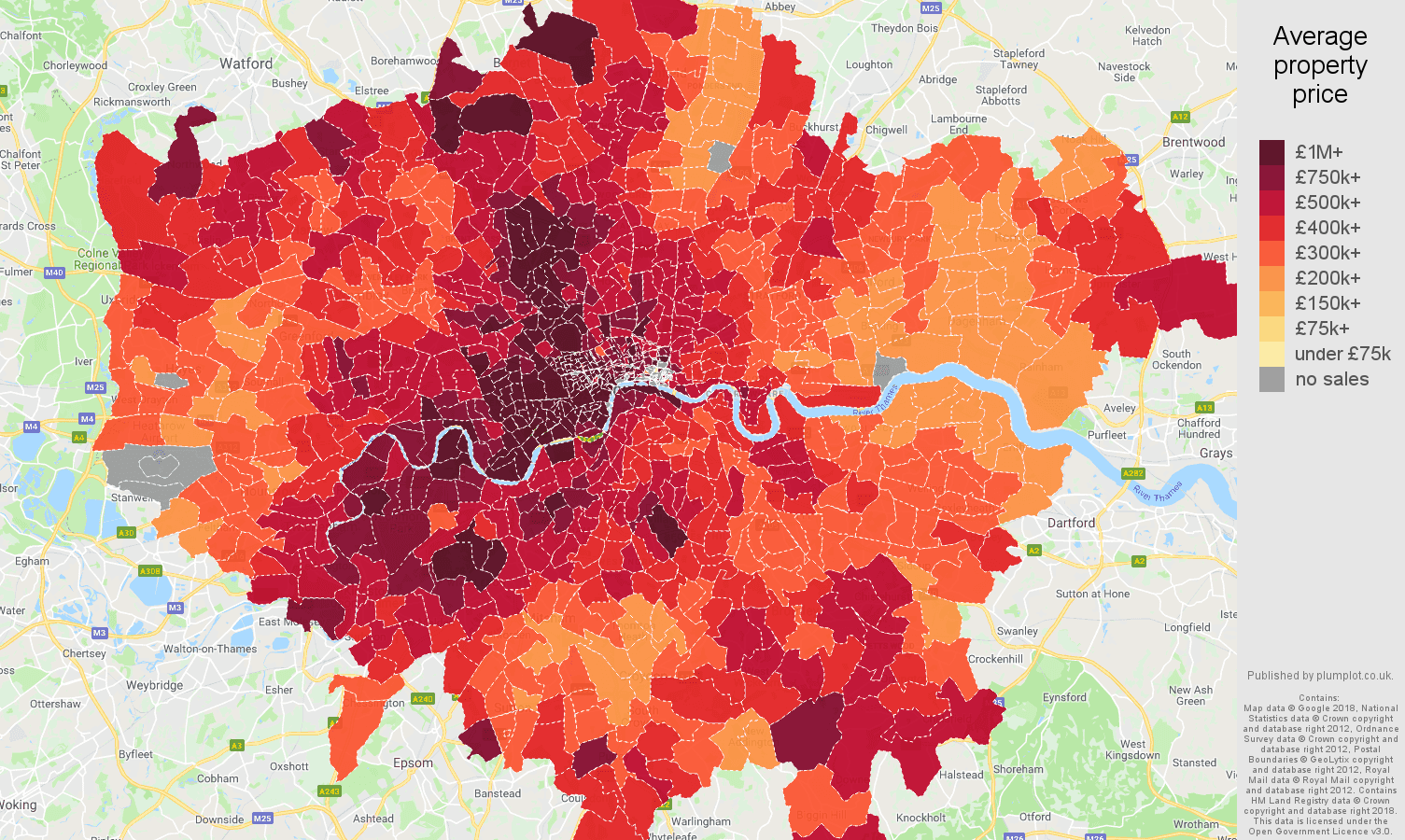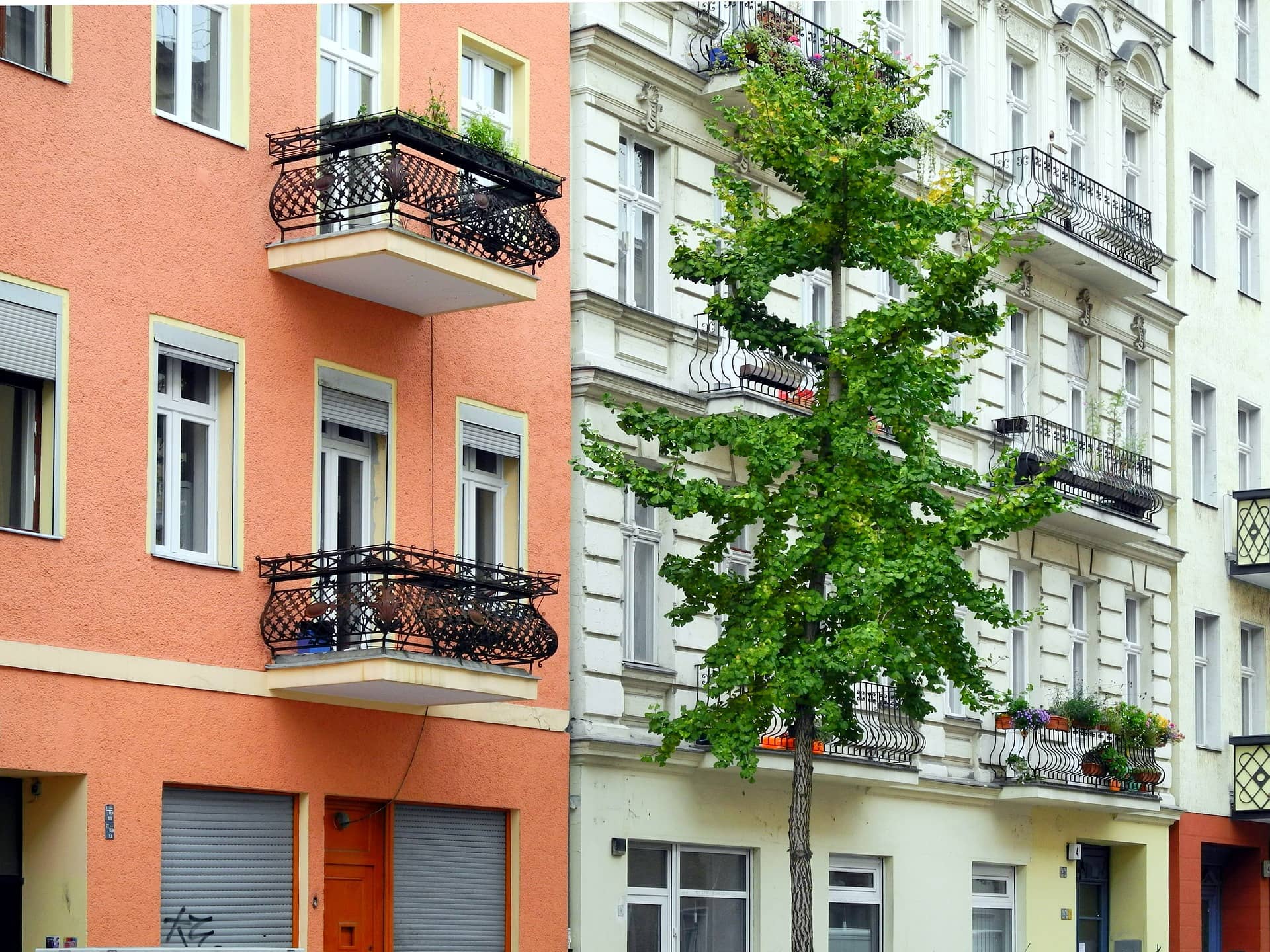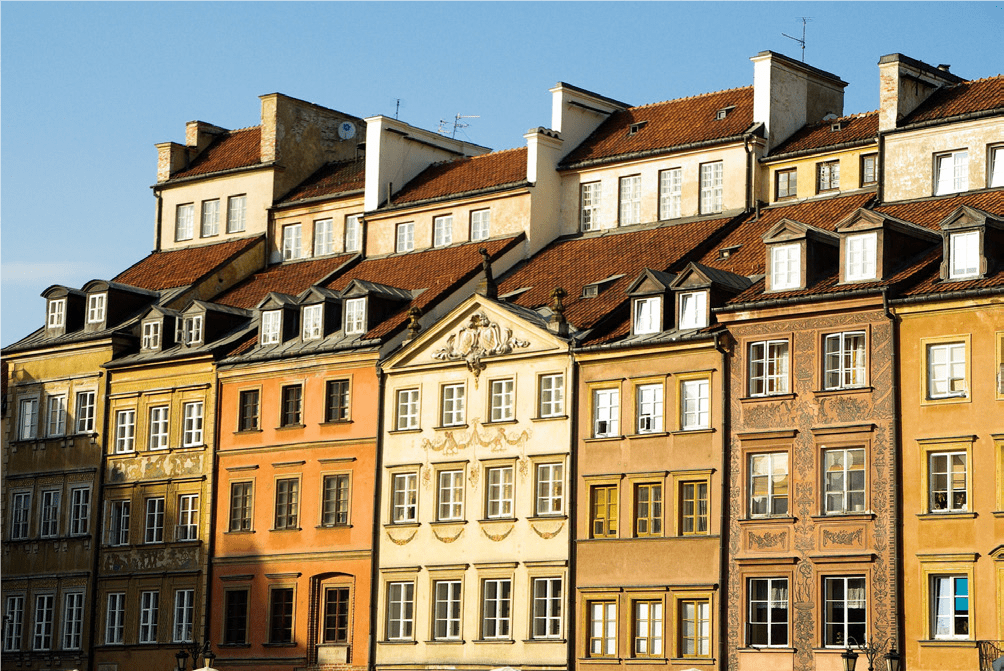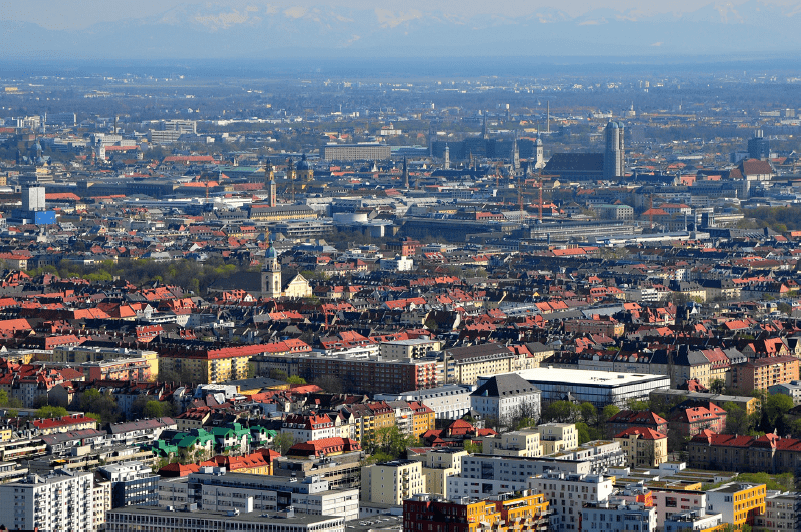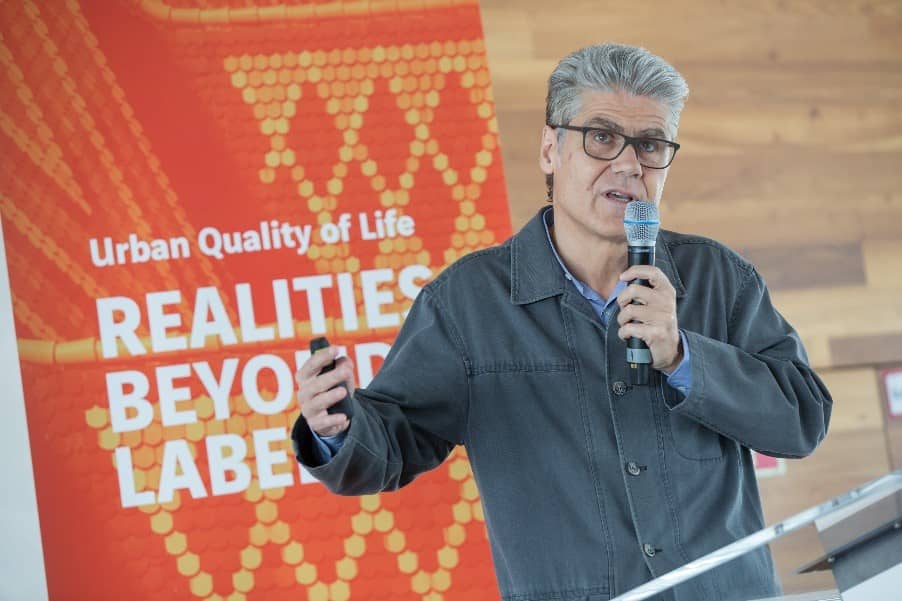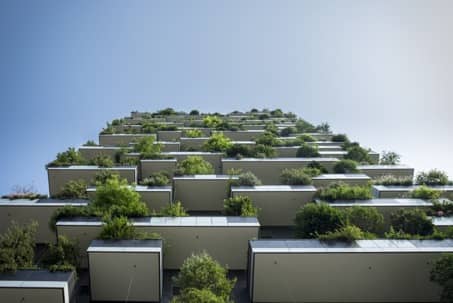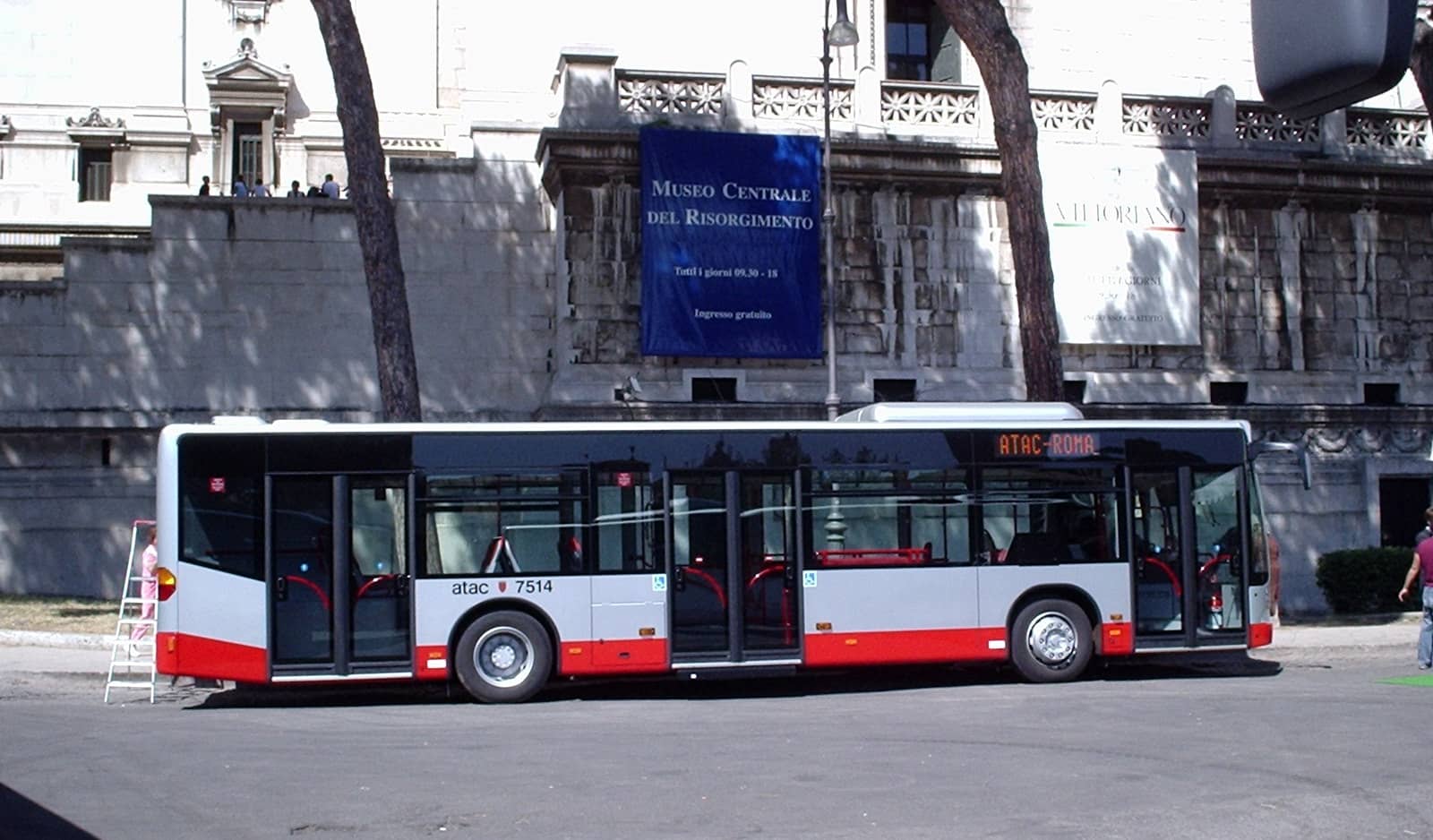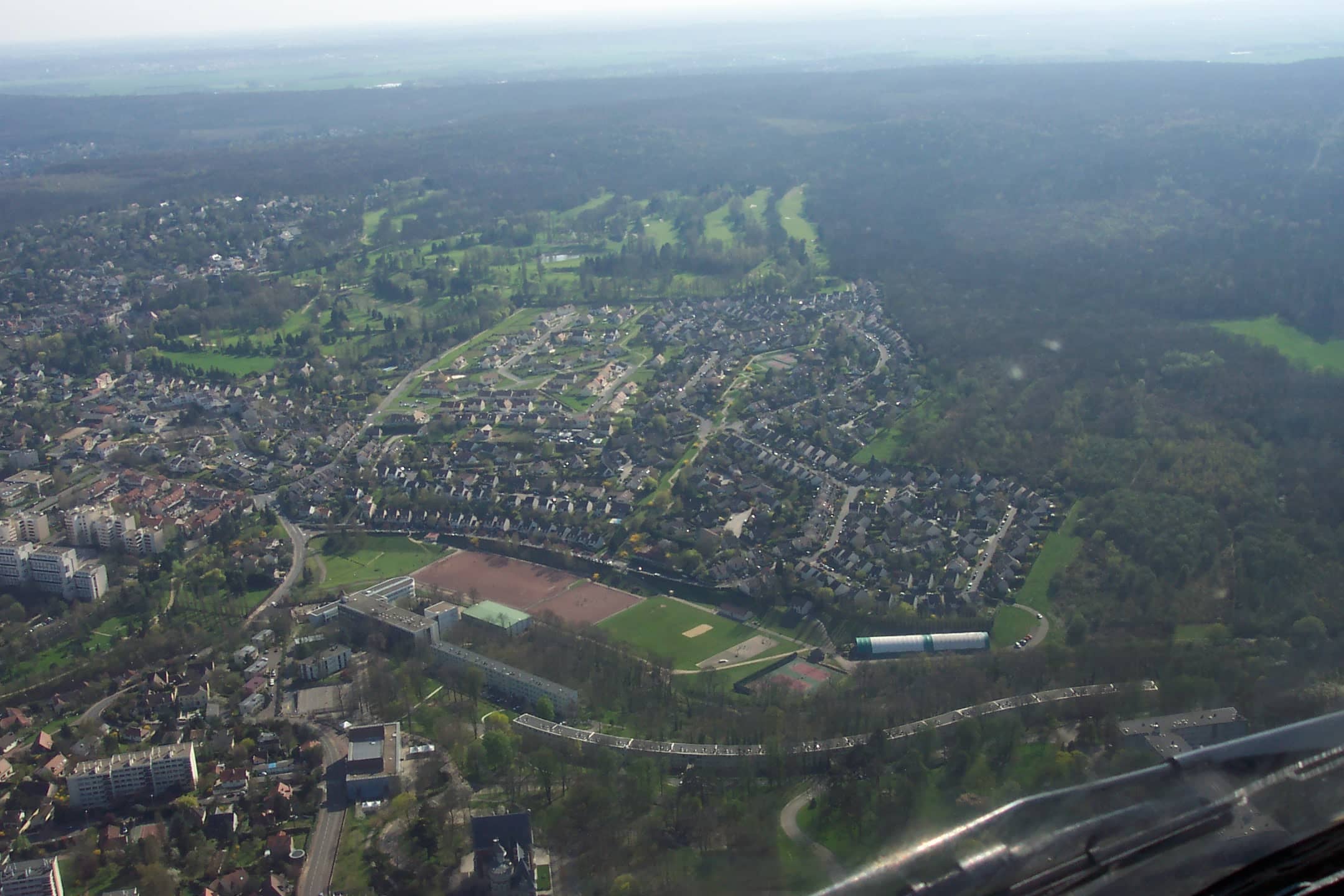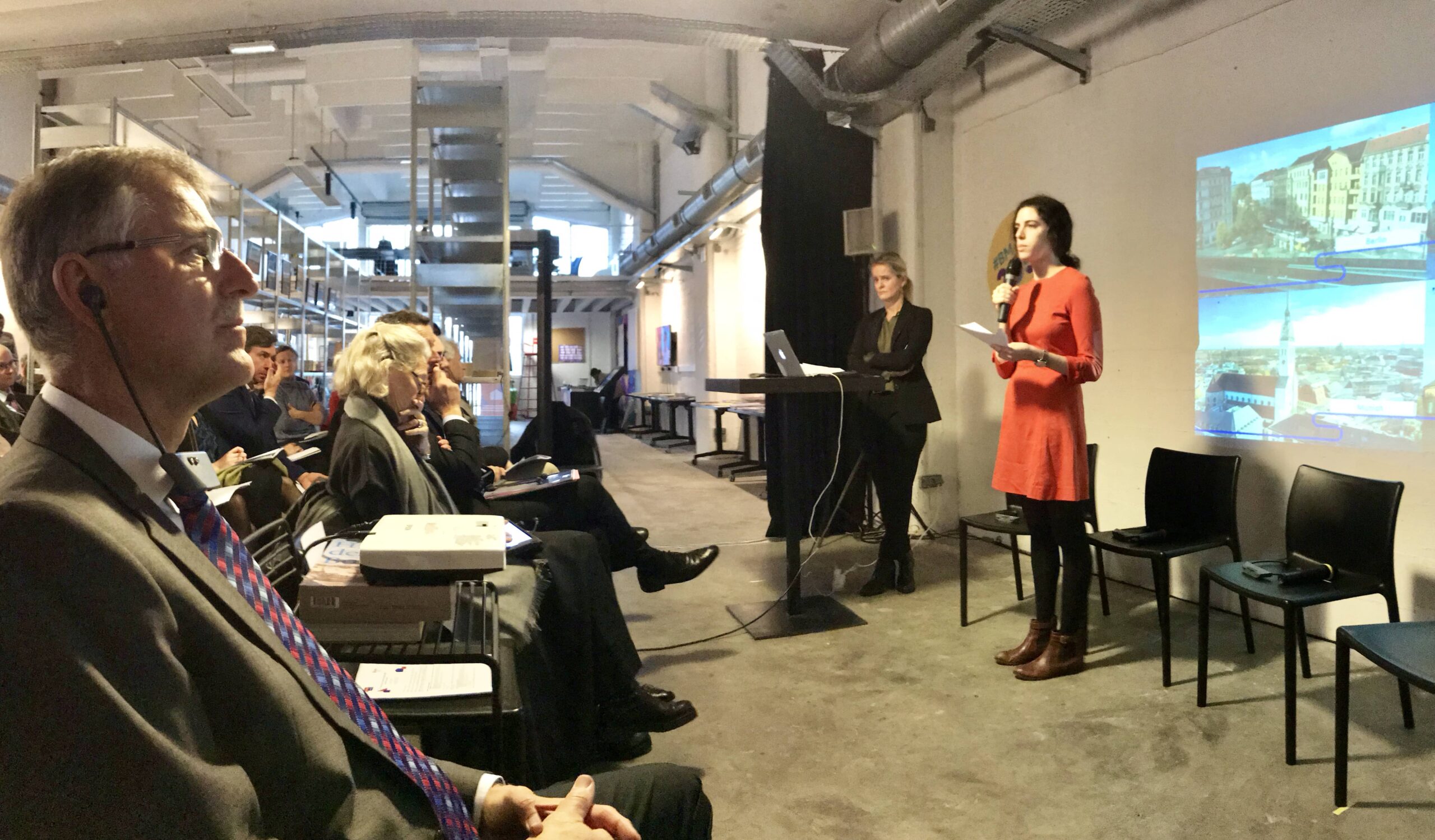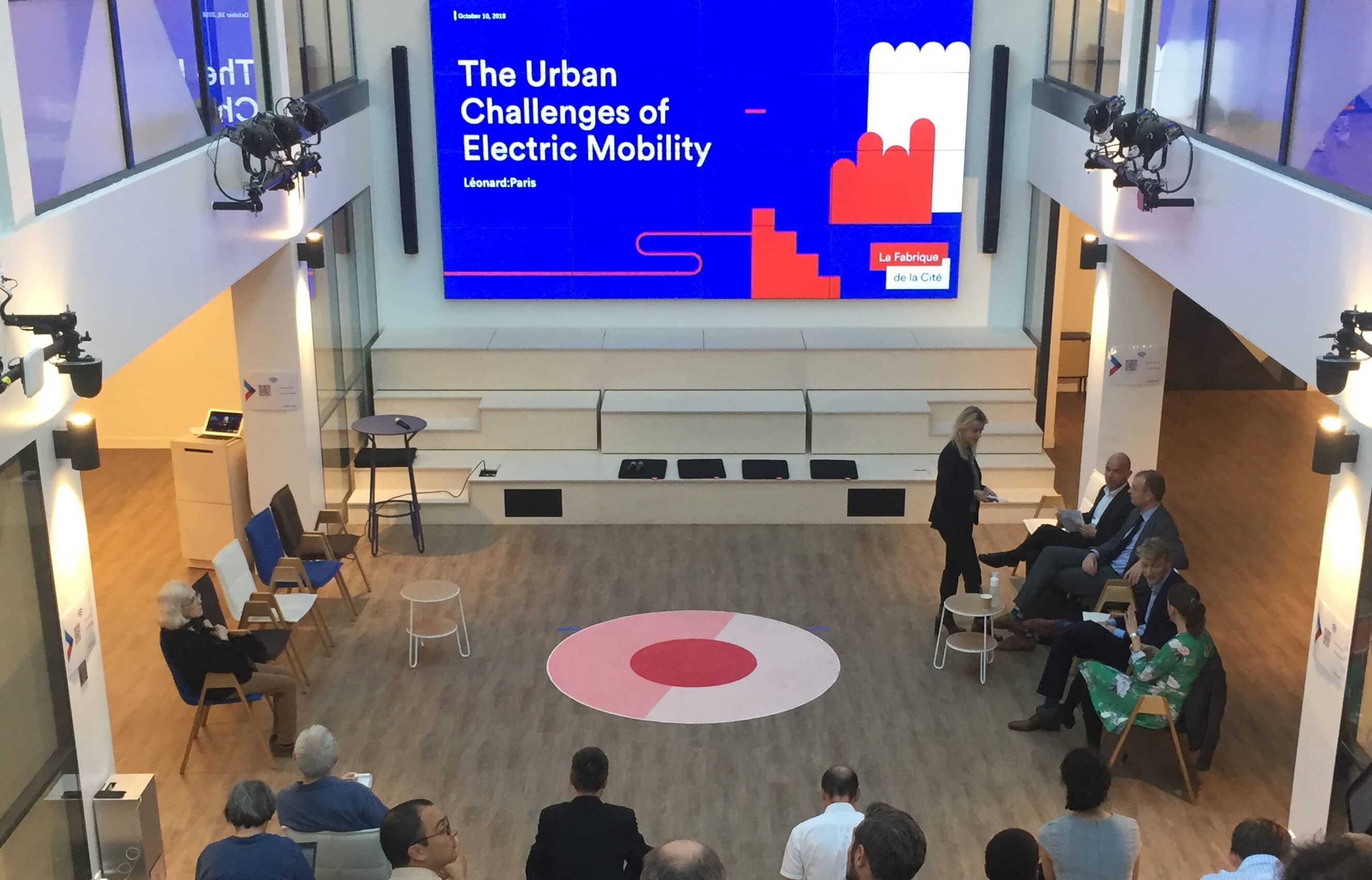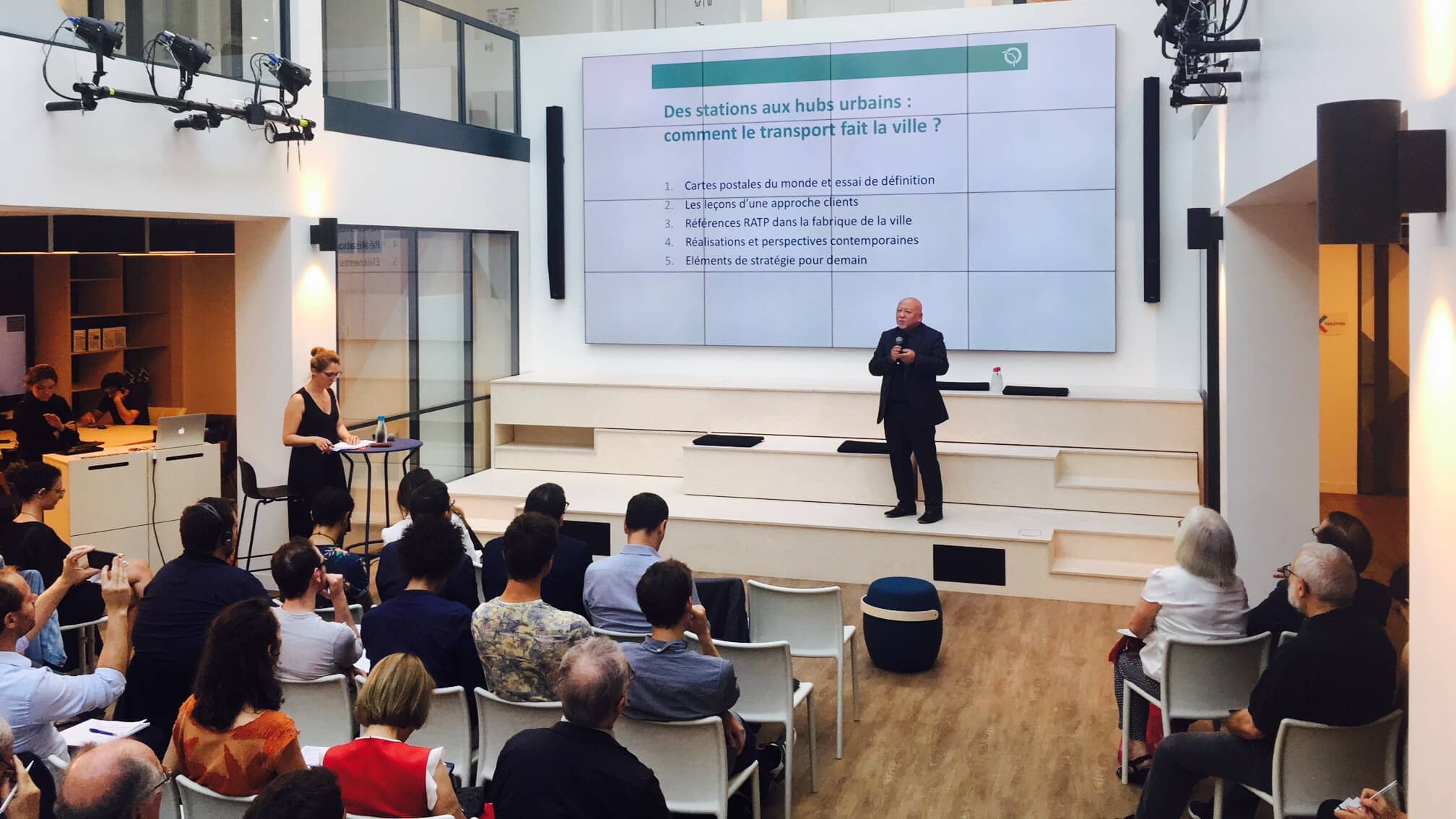

Energy retrofitting: when experience and science tell us the same thing
At last! The French have finally found THE subject that will allow them to practice their favorite exercise vis-à-vis Germany in a health context that is not very suitable for them. This exercise is Schadenfreude, the malevolent joy we sometimes feel at the idea of others’ misfortune; and the subject is… the energy retrofitting of buildings.
A recent Le Monde article notes that after investing 340 billion euros over ten years on the energy renovation of buildings, “energy consumption, which had fallen by 31% between 1990 and 2010, has since remained at the same level. In 2010, a household consumed an average of 131 kilowatt hours of heat per square meter. In 2018, it consumed… 130”. There are many reasons for this poor performance: the well-known rebound effect, new and poorly-calibrated heating systems that are just as energy-intensive as the previous ones, and insulation on the southern façades of buildings that bars them from taking advantage of the sun’s heat…. The president of the German real estate federation advocates a total change of strategy: abandoning the most expensive renovations, and changing the current measurement criterion (theoretical building consumption) in favor of measuring real CO2 emissions… which must be given a price. German politicians did not fail to take up the subject: the Freie Demokratische Partei (FDP) to defend the abandonment of the “fetishism” of renovation, the Greens to put forward the idea of a new distribution of costs and point out the risk of a loss of interest of the less privileged households in the fight against climate change, at a time when housing is becoming less and less affordable. This reminds us that ecology for a few (for example, inhabitants of city centers) is doomed to fail.
At a time when national and European recovery plans are putting energy retrofitting of buildings at the heart of their strategy, the German debate is welcome. It echoes the acceleration of innovative thinking on the subject in France. This is evidenced by the presentation, on September 21st, of the report of the Sustainable Building Plan and RICS France to the Minister of Housing, which points out the need to change the intervention grid of renovations: “It is no longer home by home or even building by building that we will respond quickly and strongly to this need to transform our living and working spaces, it is at the scale of the block or the district that we must intervene, by implementing all the existing techniques, without fearing their diversity,” the authors of the report write. They also point out the need for an urban approach to the subject: “To facilitate these collective interventions, we must stop making the distinctions which usually punctuate real estate activity, based on the use and purpose of the premises, the status of occupant or landlord, and on whether a building is new or ancient. The city is by nature mixed, let us take it as such.”
These public expressions, both in France and in Germany, demonstrate, if proof were needed, the accelerator role of crises: what scientific work has been showing for several years – think of the work of the Lab Research Environment, the result of a 12-year partnership between VINCI and Paris Tech – is beginning to infuse public debate and decision-making. Since the time has come to question dogmas that show their inoperative nature in reality, it may be useful to recall two facts that will prevent an equally severe assessment being made of the tens of billions of euros that will be spent in this area in 2030:
- Climate change tells us about GES and biodiversity: only the environmental approach, and not just the energy approach, is relevant when we talk about renovation or, more generally, building performance;
- A building is not a physical object placed in a city: it is an ecosystem between humans, the physical world and, increasingly, the digital world; this ecosystem itself is part of the urban system. Only an approach based on behaviors can allow us to understand this reality made of stocks and flows, places and connections.
No time to read? La Fabrique de la Cité has got you covered. Check our newsletter #49.
To be informed of our upcoming publications, please subscribe to our newsletter and follow our Twitter and LinkedIn accounts.
These other publications may also be of interest to you:
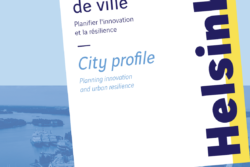
Helsinki : Planning innovation and urban resilience

Long live urban density!
The ideal culprit
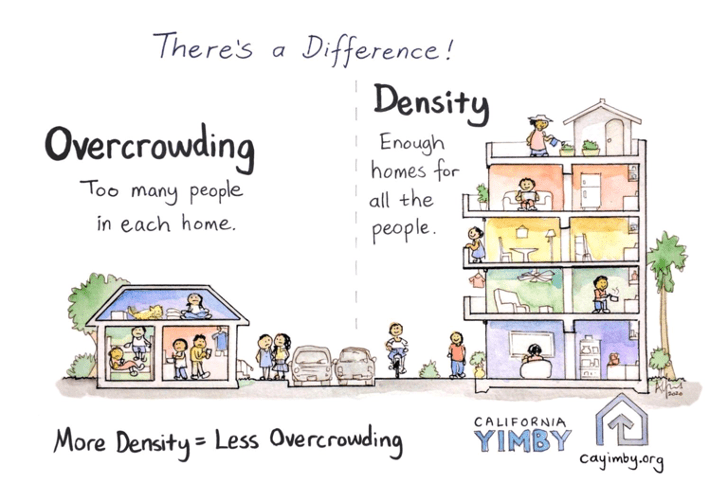
Behind the words: density
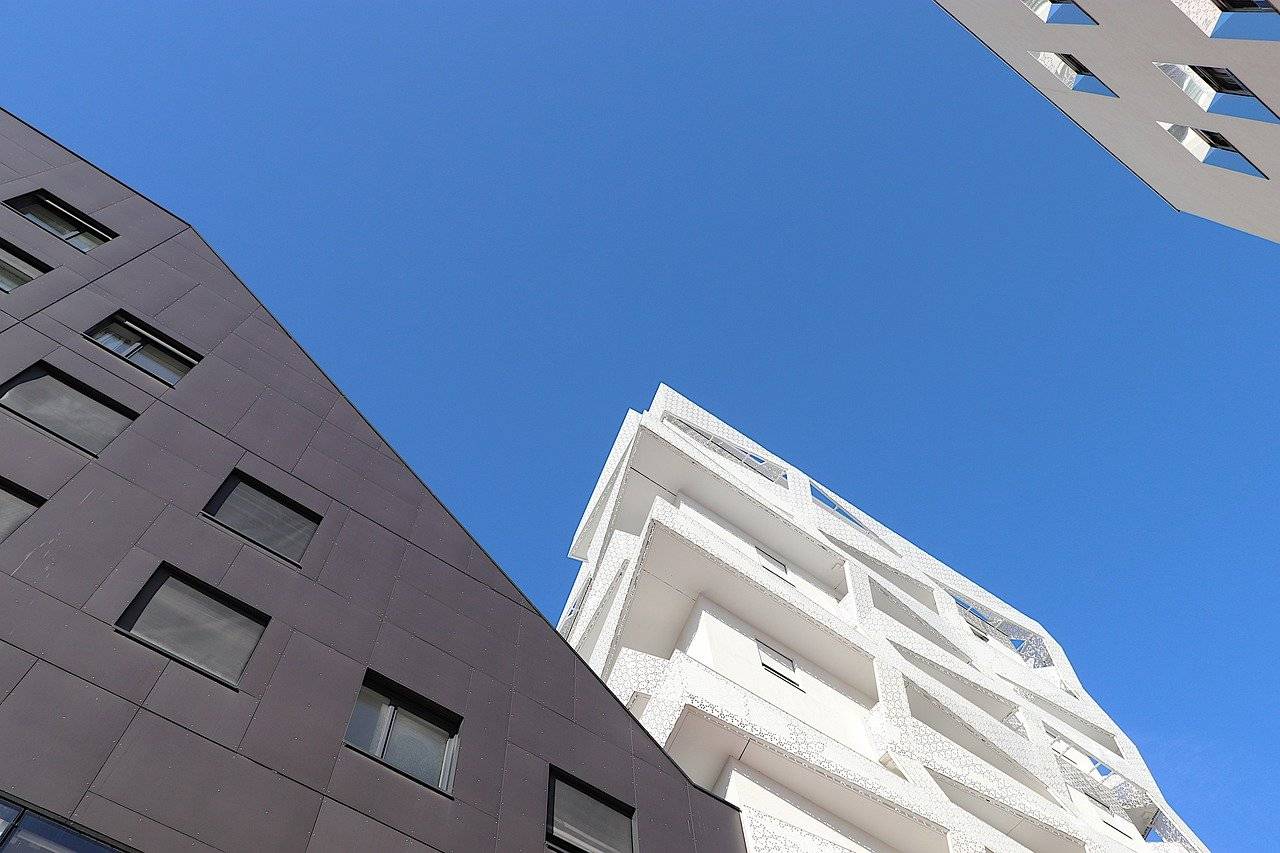
Behind the words: Affordable housing

Toronto: How far can the city go?

Inventing the future of urban highways
“Dig, baby, dig”

German metropolises and the affordable housing crisis
La Fabrique de la Cité
La Fabrique de la Cité is a think tank dedicated to urban foresight, created by the VINCI group, its sponsor, in 2010. La Fabrique de la Cité acts as a forum where urban stakeholders, whether French or international, collaborate to bring forth new ways of building and rebuilding cities.




















